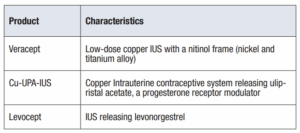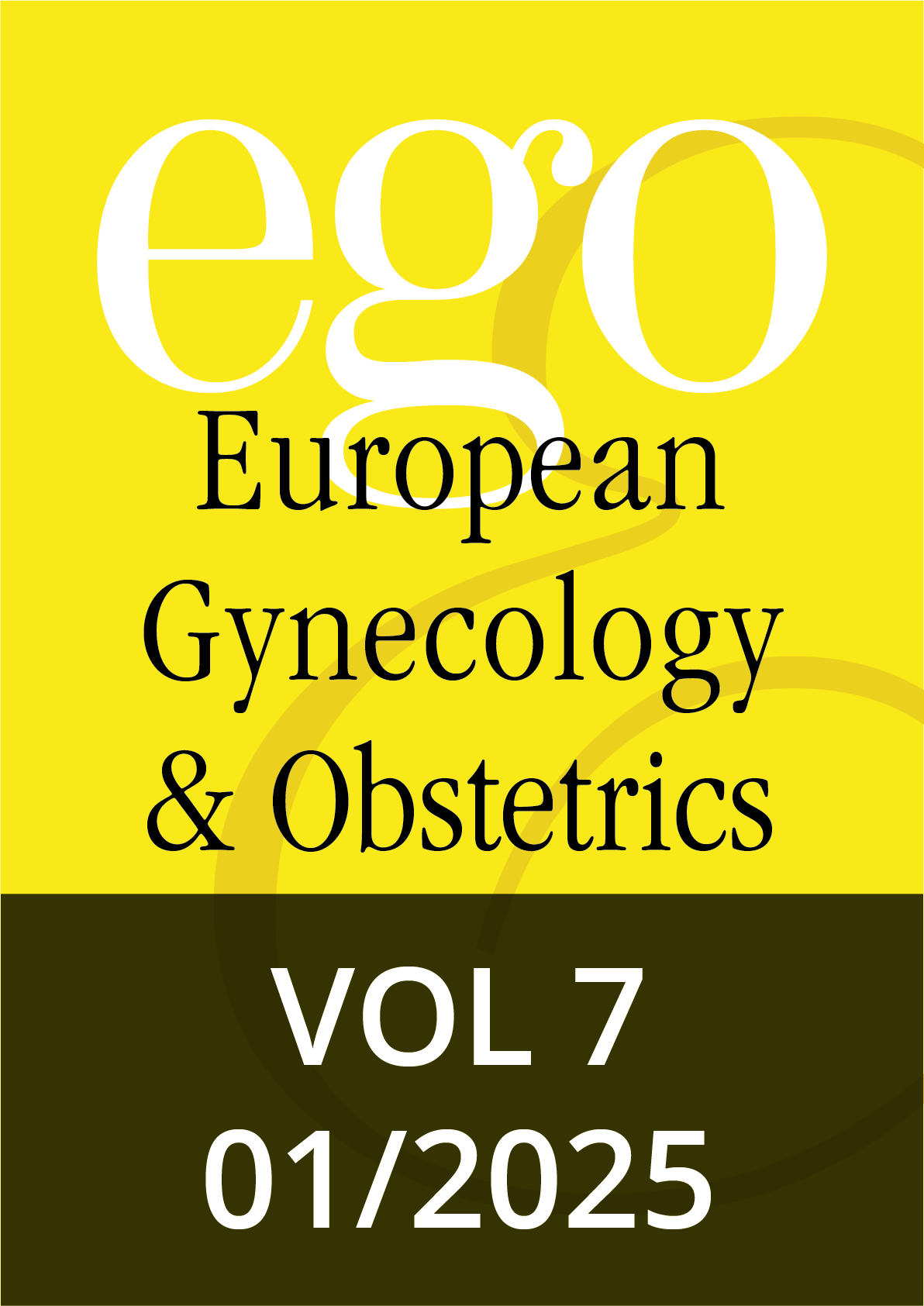Worldwide, 161 million women aged 15 to 49 use as a contraceptive method of copper or levonorgestrel intrauterine device (IUD) [1]. Despite this high number of users and the tendency to promote long-acting contraceptives, currently, the available range is rather limited. Also, few future IUD models are expected (Table 1) [2]. On the other hand, several new and future concepts concerning IUD intrauterine contraception are appearing on the horizon.
The concept of “Same Day IUD access”
This method consists of inserting an IUD on the day of the first consultation in women who have chosen this type of contraception and there was no contraindication to it in terms of healthcare. Sexually transmitted disease screening, if required, can be performed at the same time as the IUD is inserted. If positive, appropriate treatment will be administered with the IUD in place, without detriment to the patient’s health. According to Wilkinson TA et al. [3], the unintended pregnancy rate has been estimated at 28% in adolescents and young adults in whom two consultations were necessary to have an IUD inserted.
The concept of the “Immediate Postpartum IUD”
PPIUDs (immediate postpartum intrauterine devices) are effective and safe, however, this method is used very little in Europe. It is important to underline that PPIUDs (or PP-IUDs in some French-speaking countries) can reduce the incidence of short-interval pregnancies and the rate of unexpected pregnancies, which is extremely beneficial especially in developing countries, the sub-Saharan African countries in particular. Nonetheless, applying a long-acting reversible contraception (LARC) method such as an IUD immediately after childbirth and before leaving the maternity ward requires adequate training for doctors and midwives. A suitable inserter tool for the application of PPIUDs can facilitate the process [4].
The concept of “self-removal of IUDs”
The removal of IUDs by users themselves is generally not recommended by the medical professionals or family planning associations. However, information regarding this increasingly popular practice is available online, particularly in the United States. The cost of the consultation for IUD removal, sometimes prohibitive in some countries, and the difficulties of accessing a medical provider authorized to perform its removal, as it was during the COVID-19 pandemic, are the key arguments in favor of self-removal of IUDs [5]. Another issue that needs to be considered is that some women do not choose this method because they cannot be interrupted by themselves. What is the future of this concept in Europe?
The concept of the “levonorgestrel IUD as emergency contraception”
According to a recent multicenter and randomized study [6], the 52 mg levonorgestrel intrauterine system (LNG-IUS) is not inferior to the copper (Cu-IUD) as an emergency contraception. If the results of this study are confirmed, the 52 mg LNG-IUS will referentially be indicated in women with anemia, menorrhagia, dysmenorrhea, endometriosis or adenomyosis who require emergency contraception by IUD.
The concept: “Prefer intrauterine contraception to laparoscopic sterilization”?
According to a very recent Californian retrospective study [7], the IUD, whether copper or levonorgestrel, appears at least as effective as tubal ligation at 1-year post-procedure with fewer complications, particularly infectious ones.
Conclusion
It is important to be aware of these new and future concepts concerning intrauterine devices. They largely condition the evolution of this contraceptive modality which will surely continue to develop. It is time to pay tribute to the main designers of this intrauterine contraception: the Chilean Jaime Zipper, the American Howard J. Tatum and the Finnish Tapani J.V. Luukkainen.


